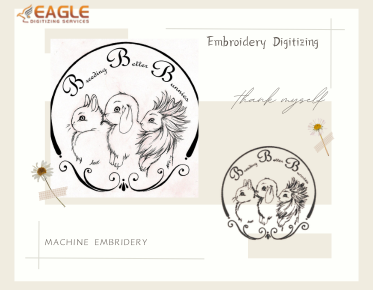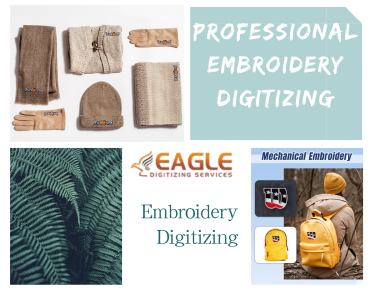Understanding Image Quality for Screen Printing
Screen printing is a popular method for transferring designs onto various surfaces, including textiles, paper, and plastics. To achieve the best results, it's crucial to use images of the right quality. The quality of an image for screen printing is determined by its resolution, format, and color profile. In this guide, we will explore the essential aspects of image quality for screen printing and how to ensure your designs come out perfectly every time. For those looking to convert their designs into vector format, vector conversion services can be a valuable resource.
Resolution: The Foundation of Image Quality
Resolution is a critical factor in determining the quality of an image for screen printing. It refers to the number of pixels in an image, typically measured in dots per inch (DPI). For screen printing, a resolution of at least 300 DPI is recommended. This ensures that the image is sharp and clear when printed. Lower resolutions can result in pixelated and blurry prints, which are undesirable in professional settings.
Why 300 DPI?
The 300 DPI standard is widely accepted in the printing industry because it strikes a balance between image quality and file size. At this resolution, images maintain their detail and clarity without becoming excessively large, which can be cumbersome to handle and process. For larger prints, such as banners or posters, a slightly lower DPI might be acceptable, but for most screen printing applications, 300 DPI is ideal.
Image Formats: Choosing the Right File Type
When preparing images for screen printing, the file format is just as important as the resolution. Common formats include JPEG, PNG, and TIFF, but for screen printing, vector formats like AI, EPS, and PDF are preferred. Vector images are composed of paths rather than pixels, allowing them to be scaled to any size without losing quality. This is particularly important for designs that need to be printed in various sizes.
Vector vs. Raster Images
Raster images, such as JPEGs and PNGs, are made up of pixels, which can become distorted when resized. In contrast, vector images use mathematical equations to represent shapes and lines, making them infinitely scalable. For screen printing, converting raster images to vector format can significantly enhance the quality of the final print. Services like vector art conversion can assist in this process.
Color Profiles: Ensuring Accurate Color Reproduction
Color accuracy is another crucial aspect of image quality in screen printing. The color profile of an image determines how colors are represented and reproduced. For screen printing, the CMYK color model is typically used, as it aligns with the inks used in the printing process. RGB color profiles, which are used for digital displays, can result in inaccurate colors when printed.
Converting RGB to CMYK
Before sending an image for screen printing, it's essential to convert it from RGB to CMYK. This conversion ensures that the colors in the digital design match those in the printed product. Most graphic design software, such as Adobe Illustrator and Photoshop, offer tools for converting color profiles. It's important to review the colors after conversion, as some adjustments may be necessary to achieve the desired outcome.
Preparing Your Design for Screen Printing
Once you have ensured that your image is of the right resolution, format, and color profile, the next step is to prepare it for screen printing. This involves creating separations for each color in the design, which will be printed individually. Proper preparation can prevent issues such as color bleeding and misalignment, ensuring a crisp and professional finish.
Using Professional Services
For those unfamiliar with the technical aspects of preparing images for screen printing, professional services can be invaluable. Companies specializing in vector graphics and image preparation can handle the complexities of resolution, format, and color management, allowing you to focus on the creative aspects of your design.
Final Thoughts on Image Quality for Screen Printing
To achieve high - quality screen prints, meticulous attention to detail in all aspects of image preparation is essential. Ensuring that your images have the appropriate resolution, are in the correct format, and possess the right color profile is the key to producing prints that are vivid, sharply defined, and faithful to your original design.
With the continuous progress of technology, the tools and techniques for getting images ready for screen printing are constantly evolving. This evolution brings fresh opportunities for both creativity and precision in the printing process.
For those aiming to take their designs to the next level, Eagle Digitizing stands out. We specialize in providing top - notch vector artwork conversion services. Our team has the expertise to transform your creative ideas into scalable designs, enabling you to realize your vision with maximum flexibility and quality.


.png)
